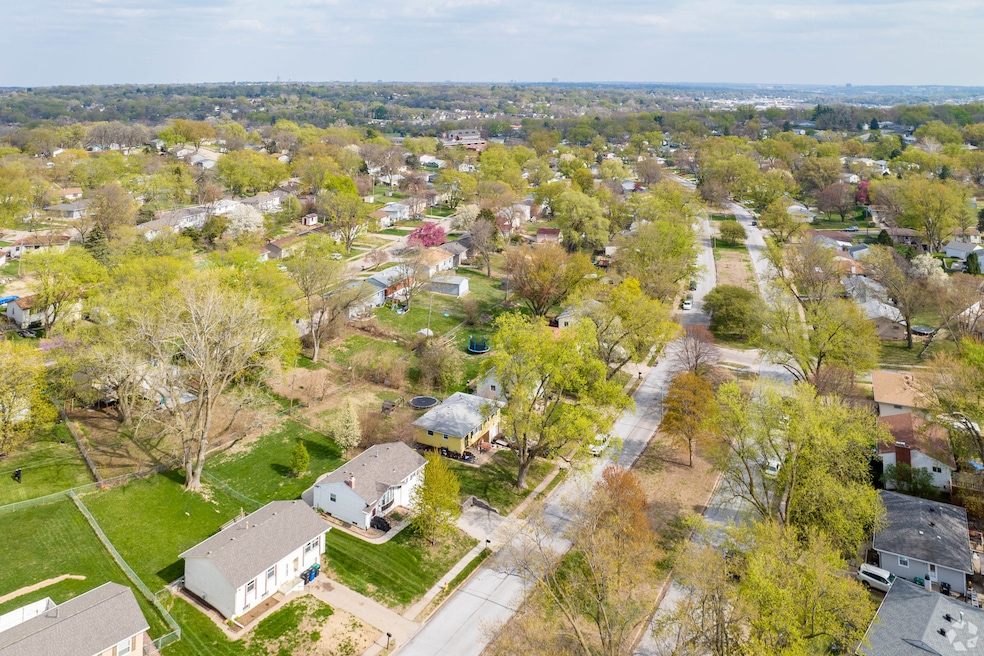Columbus, Nebraska has a lot going for it. A local economy powered by manufacturing, it has an enviable unemployment rate of 2.4%, well under the 4.1% national average. And yet, plenty of positions go wanting by local employers like agriculture giant Archer Daniels Midland and syringe and needles producer Becton, Dickinson and Co.
Applicants say they can't find a suitable place to live, and city leaders say a lack of housing is one of the biggest constraints on area employers. It is an issue that could become more acute as the U.S. imposes tariffs and takes other actions to bring more production back to the country.
"We are growing and our business community is growing and housing production has not grown at the same pace. Every year, there is a greater need than there was 15 [years] or a decade ago, and our supply is not keeping up, our production is not keeping up,” said Tara Vasicek, a city administrator for Columbus.
Columbus, a 169-year-old city that sits less than a two-hour drive west of Omaha, sports a population of about 24,000 residents. Another 10,000 or so commute to work at one of its manufacturing plants. Someone working on the factory floor might earn $38,000 per year; an engineer might collect about $73,000 per year.
City officials say they need so-called workforce housing to accommodate such workers, including moderately priced one-bedroom and two-bedroom apartments. At the moment, most one-bedroom apartments go for $1,350 per month and two-bedroom apartments run at $1,550 per month.
The concern reached the ears of members of Congress in March during a meeting with the House Financial Services Committee. Rep. Mike Flood, a Republican of Nebraska who heads the committee, welcomed Vasicek to discuss the challenges facing Columbus. Communities like hers want less red tape to access federal financing and lower the costs of construction.
“We have such a housing problem,” Vasicek said, “we just need to produce housing.”
Columbus Area Chamber of Commerce President Dawson Brunswick said his team assists firms in meeting their business needs, including recruitment efforts. In the summer of 2022, Columbus had 2,100 jobs remain vacant. That number now hovers at 700, indicating progress. Still, Brunswick said, some employers hesitate to post openings, worried efforts to recruit would be futile given the limited housing options.
“Columbus is in a position like many communities across the U.S. where housing is an issue. We all have that problem,” Brunswick said. “Columbus is trying to be as proactive as possible to ensure it doesn’t prohibit our growth.”
Solutions for housing shortage in Columbus
The demand for more affordable housing inspired 33-year-old Shae Spitz to move from solely selling homes as a real estate agent for eXp Realty to go into housing development.
“I know one of the businesses in town wanted to do an expansion,” that would bring in about 100 employees, Spitz said. “They chose against it because there’s a lack of housing.”
Last year, Spitz teamed up with four partners to scout for land near the city limits, where they identified a possible 75-acre site for development. She declined to disclose the property address until they can finalize tax increment financing and investor support. If plans move forward in the coming months, Spitz said she and her partners plan to transform the land into condos, houses, rowhouses, apartment rentals, shops and restaurants. The exact number of homes has yet to be ironed out.
“The cost to do anything right now is insane,” said Spitz, noting she and her partners are looking at piecing together $15 million to get their project off the ground. “You need to make sure it makes sense at a workforce housing price point. It’s kind of a tug and pull.”
City leaders are trying to do their part. To incentivize more development, city officials updated zoning laws, streamlined ways to purchase property, and even launched last year a housing project called Vitality Village. The city partnered with a company called Pure Property Management to build a 234-apartment rental development.
“We are constantly trying to engage with builders and developers to understand what they perceive to be hurdles and try to stay out of the way to let builders and developers do what they like to do, so long as we’re still doing our job, which is to protect life safety,” Vasicek said. “We are trying to make sure our regulations, which are within our control, are not a barrier to housing production.”
More housing comes to Columbus
More residences are in the pipeline, and for some locals, the next concern will be balance. On the frontlines of recruitment and catering to local business needs, Brunswick said the city has 1,400 residences currently planned or under construction for rent or for sale. Most would open by 2028.
Columbus needs more housing, Brunswick said, but he’s satisfied with the progress. Given the ramping up, he has a new concern.
“The last thing we want is to add more housing than what we need,” Brunswick said. “It’s a viscous circle of balancing. Don’t ask me how we do it because we’re trying to figure it out.”


